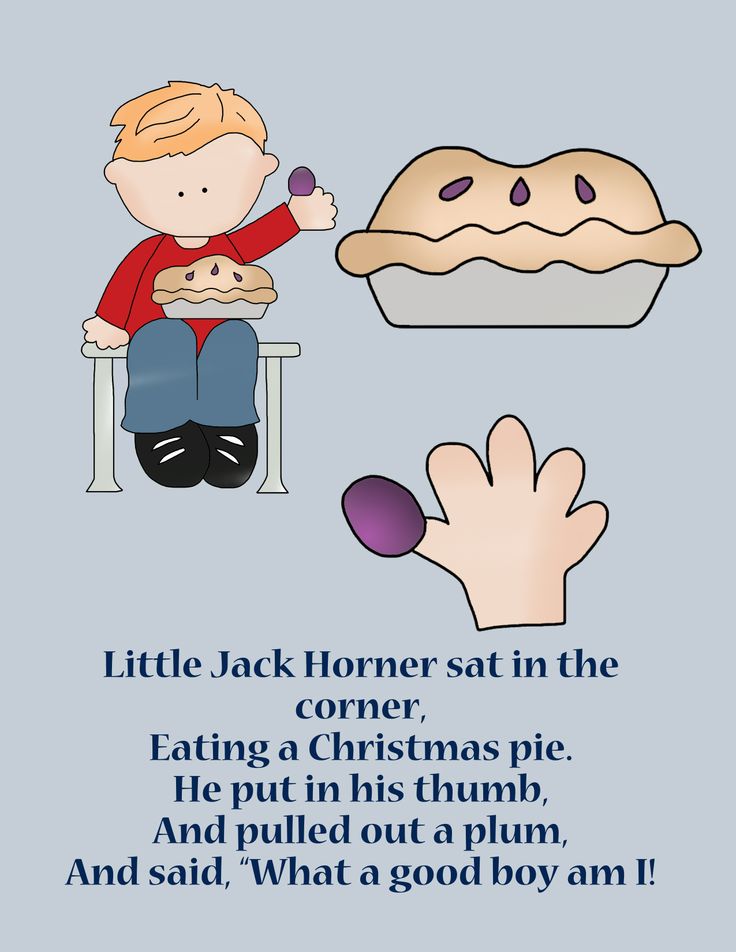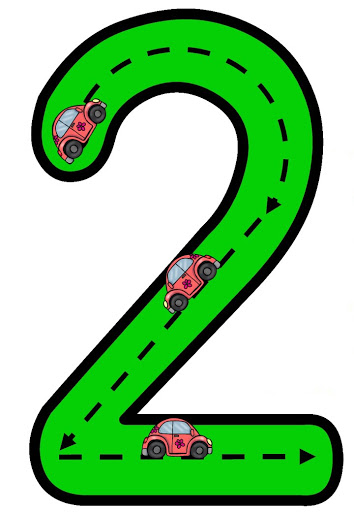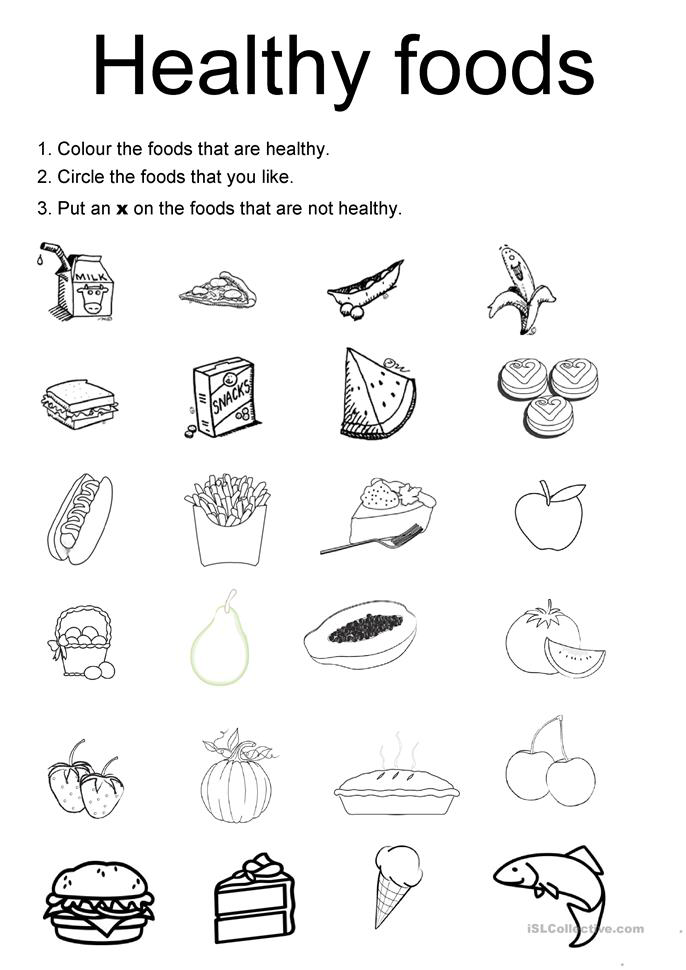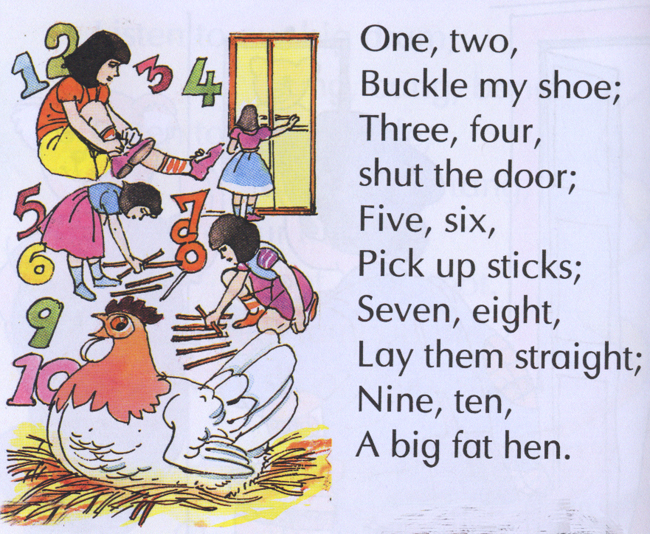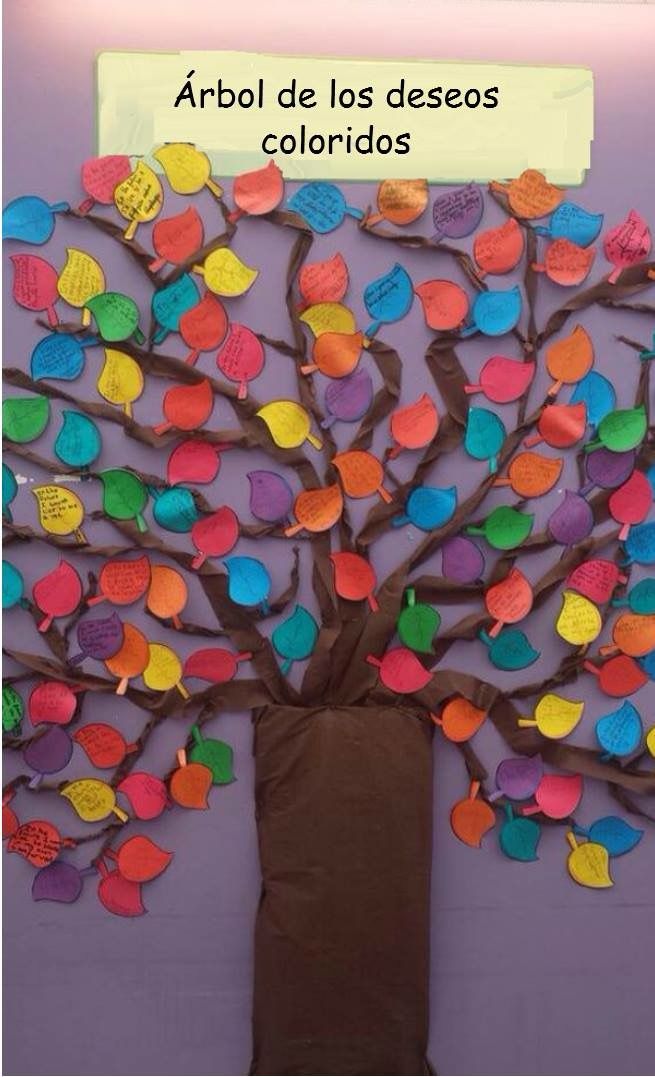Story of a dinosaur
10 Short Dinosaur Bedtime Stories for Kids Online
Dinosaur Bedtime Stories for Kids Online – Read amazing and interesting dinosaur stories. These stories are written for kids. They can enjoy these stories at any time. So, enjoy these stories.
If you want to read this in Hindi then follow this link – Dinosaur Stories in Hindi.
Saving The Jungle – T-Rex Dinosaur Story for Kids
Tyrannosaurus rex is a popular dinosaur because this dinosaur has been used many times in films. In this story, we will see how millions of years ago the animals of the forest saved everyone from Tyrannosaurus rex. It is an imaginary story for kids.
Saving The Jungle – T-Rex Dinosaur Story for KidsMillions of years ago, the jungle’s animals were greatly disturbed by Tyrannosaurus rex, a ferocious dinosaur. This dinosaur was very ferocious and would eat three to four animals of the forest at once. Sometimes 4 to 5 dinosaurs came together in the jungle to fill their stomach and kill many animals.
Read more stories – Stories for kids’ bedtime
Seeing this, the animals of the forest were troubled. They had to face this problem in the coming days. Many times these dinosaurs would also destroy their house.
One day Lion, the king of the forest called a gathering. At that gathering, everyone was going to solve how the dinosaur Tyrannosaurus rex can be avoided and they can prevent themselves from T-rex? The animals came to the Lion for the gathering. The Lion started the gathering with a strong roar. Lion asked the most, “What to do so that we can prevent ourselves from that dinosaur Tyrannosaurus rex?”
The monkey sitting in the assembly said, “I will leap and grab his neck and then he will not be able to eat us.” Everyone mocked him and said, “Are you mad? Have you seen yourself and his body? He is much bigger than you, he will crush you easily.”
The monkey said, “You don’t know me. I am very powerful. If you don’t believe it, try it.” Biting the monkey’s point, the fox said, “What strength will you show? We must defeat him by using brains, not with force. ”
”
The Lion saw the truth in the fox talk. The lion asked, “Well, tell me what would we have to do?” The fox said, “For this, we have to enlist the help of the eagle and the hawk.” Hearing this, both of them came forward and said, “We both are ready. What is the matter to do? We will give up our lives for this jungle.”
After this, the fox told everyone his plan. Now everyone was ready. Everyone was waiting for when that dinosaur Tyrannosaurus rex would arrive.
This happened a few days later. That ferocious dinosaur Tyrannosaurus rex came and attacked the forest. But this time everyone was ready. As soon as he arrives, the hawk and eagle attack the dinosaur Tyrannosaurus rex in the eye.
The dinosaur could not see properly after the attack. Then immediately the monkeys tied his leg with a rope and the dinosaur Tyrannosaurus rex fell to the ground. The animals of the jungle attacked him and the dinosaur shouted, “Let me go. Don’t kill me.”
Everyone said, “Well what you did to our people. What about that? Your punishment is that you can no longer be saved.” The dinosaur said, “If you kill me, my companions will come in search of me and bring tremendous destruction here.”
What about that? Your punishment is that you can no longer be saved.” The dinosaur said, “If you kill me, my companions will come in search of me and bring tremendous destruction here.”
The animals did not listen to him and the king of the forest, The Lion, attacked him directly on the neck. This led to the end of the dinosaur Tyrannosaurus rex. Everyone was happy to see the dinosaur Tyrannosaurus rex dead. Now it was time to celebrate. People were very happy in the forest. Everyone enjoyed the party with fun.
Now everyone was happy in the forest, no one attacked there for a long time. But everyone remembered the warning of the dinosaur Tyrannosaurus rex.
Time was spent and one day suddenly 5 dinosaurs attacked in the forest together. Everyone got scared in the whole jungle. All the animals started hiding in small caves and tunnels waiting for where the dinosaurs would go from there.
After waiting for a long time, suddenly huge fireballs started raining from the sky.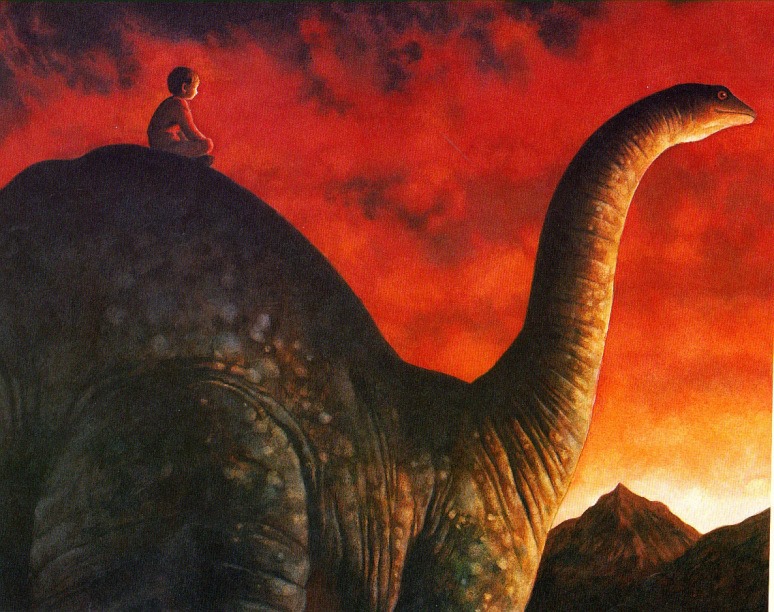 That fireball killed all the dinosaurs.
That fireball killed all the dinosaurs.
There are no dinosaurs left in the forest anymore. All the animals came out and started living happily. Now everything was fine in the forest.
Also, Read – Best Brain Development Toys For Kids.
I am a Dinosaur – A Funny Dinosaur Story For Kids
Dinosaur Bedtime Stories for Kids OnlineLong Neck Charlie – The Good Long Neck Dinosaur Story For Kids
Years ago there were various dinosaurs. Some of them ate meat and some lived by eating leaves. In this story, we will talk about a dinosaur whose neck was very long. And such dinosaurs are called Sauropods. So let’s know what happens in this children’s story.
For millions of years, dinosaurs used to live on this earth. There used to be different kinds of animals. But here we are talking about Charlie, whose neck was very long. Charlie was very upset about this. One day Charlie is invited by his friends to their house party.
Charlie was overjoyed to hear the news of the party and spent the whole day getting ready for the party.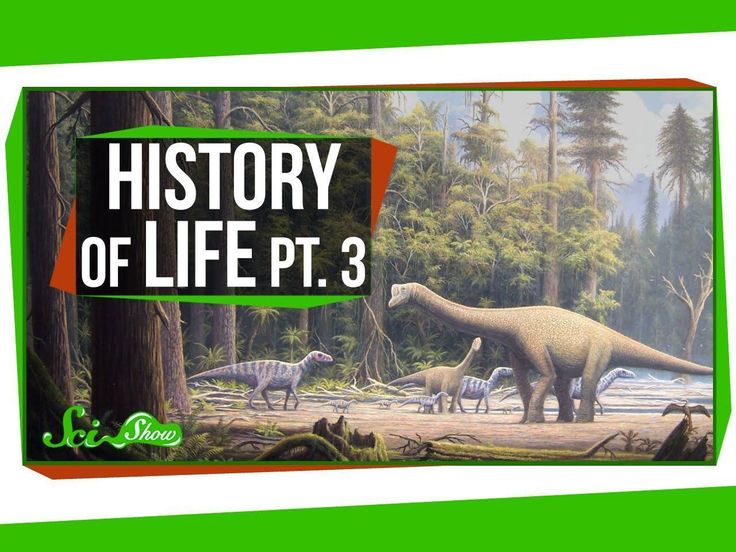 He was dressed in a black coat and a tie around his neck.
He was dressed in a black coat and a tie around his neck.
Charlie headed out to his friend’s house dancing and humming the song. Now he reached his friend’s house. However, he could not enter the house because Charlie’s neck was too long. This started making fun of him. Hearing everyone, Charlie became sad and left the party.
Charlie walked towards the forest in a sad way and fell asleep beside a tree.
It was early morning and the rays of the sun began to fall on Charlie’s eyes. Because of this, his eyes were opened. As soon as he woke up from sleep, he listened to the crying of someone. Hearing the sound of crying Charlie started looking around but he did not see him crying.
Charlie calls out, “Who’s crying?”
“This is me, I have to cry like this every day”
“But why are you not seeing me?” Charlie then asked the question.
Then that voice said to look down here.
Then Charlie looked down and saw a small plant talking to him. Charlie asked the plant, “Why are you crying?”
The small plant said, “I am too small, the sunlight does not reach me, due to which I cannot make my food.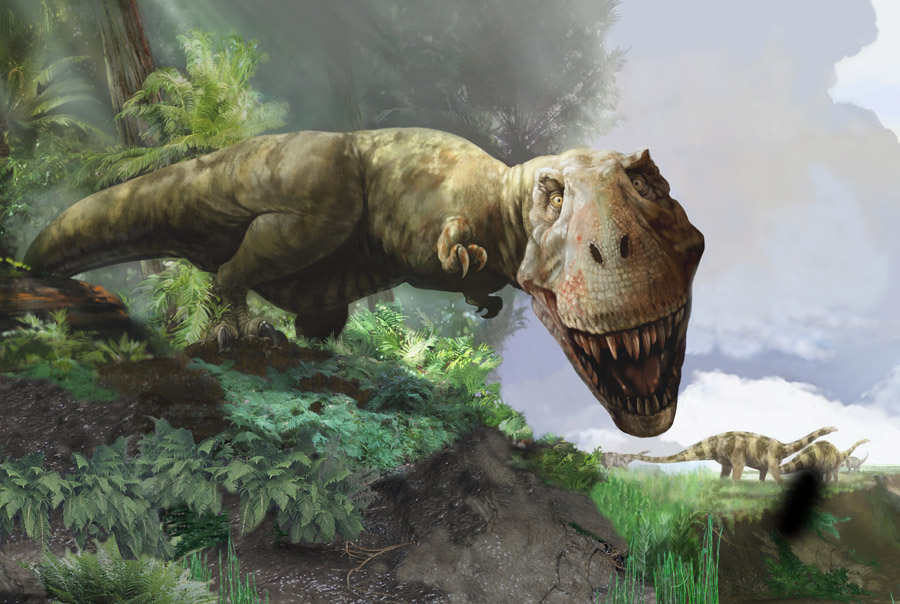 There are big trees above me, they would stop the sunlight from reaching me. Because of this, I am crying out upset. “
There are big trees above me, they would stop the sunlight from reaching me. Because of this, I am crying out upset. “
“If I do not get sunlight like this, then I will not be able to grow properly. Now you tell me what to do. Apart from me, there are small trees which do not get sunlight and because of that they are also upset.” Plant told Charlie.
Charlie thought for a long time, about what to do so that the sunlight reaches small plants. After thinking for a long time, he thought why don’t I eat the leaves of these big trees so that light will reach the small plants?
This is what Charlie did. Charlie slowly started eating the leaves of big trees. But he did not eat all the leaves. Otherwise, how do big trees make their food?
After eating the leaves, the sunlight started reaching the bottom and small plants also started taking advantage of the sunlight.
After getting light, small plants started cooking their food and they all became happy. After being happy, they thanked Charlie and considered him his hero.
After seeing all this, Charlie became very happy, and forgetting about the previous night, he started living happily. Now he was happy.
It is not necessarily that bad things will happen every day and good things will happen every day. We must accept that good and bad events will happen in life. But what matters is how we respond at that time.
Also, Read – Best Brain Development Toys For Kids.
The Little Dino – Dinosaur Story For Kids
Dinosaur Bedtime Stories for Kids OnlineA Paleontologist
Once upon a time, there was a little boy who loved dinosaurs. Every night before bed, he would read about all the different kinds of dinosaurs and imagine what it would be like to meet them. One night, he had a dream that he was a T-rex and was chasing after some cars. He woke up feeling excited and happy and decided that he wanted to learn more about dinosaurs.
He started reading books about dinosaurs every day and even began drawing them himself. One day, he saw a documentary about dinosaurs on TV and learned that they were actually really smart animals.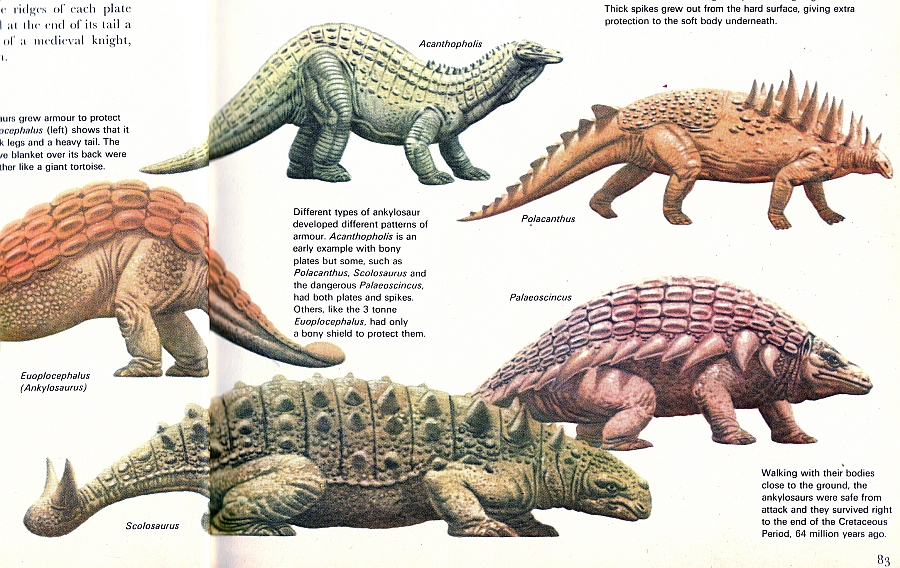 That made him even more interested in them and he continued learning everything he could about them.
That made him even more interested in them and he continued learning everything he could about them.
Eventually, the little boy grew up and became a paleontologist. He studied dinosaurs for years and traveled all over the world to find new fossils. But no matter where he went or how much he learned, he always remembered his first love: the dinosaurs.
The Dream
Once upon a time, there was a happy little dinosaur who went to bed every night with a smile on his face. His mom and dad would tuck him in tight, give him a goodnight kiss, and turn off the light. And every single night, the little dinosaur would drift off to sleep with dreams of dinosaurs dancing in his head.
One night, however, the little dinosaur had a very strange dream. He dreamt that he was walking through a dark forest when he suddenly came face-to-face with a massive T-Rex! The T-Rex was so big and fierce that the little dinosaur was terrified. He tried to run away, but the T-Rex chased after him and began to gobble him up!
Just when it seemed like the little dinosaur was going to be eaten alive, he woke up with a start.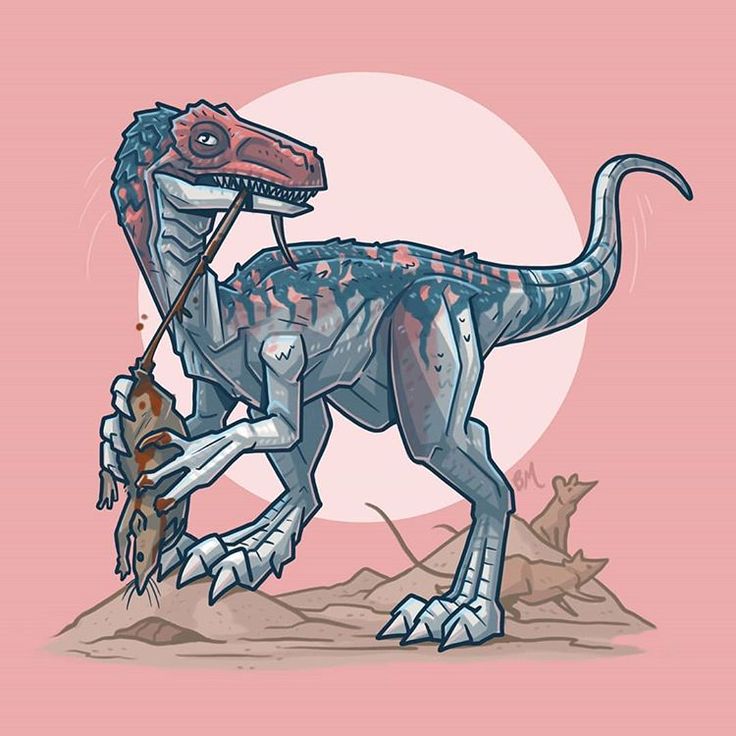 He quickly realized that it was just a dream and that there was nothing to be scared of. He smiled and went back to sleep, safe and sound.
He quickly realized that it was just a dream and that there was nothing to be scared of. He smiled and went back to sleep, safe and sound.
Sleeping Next to a T-Rex
The little boy’s favorite dinosaur was always watching over him while he slept. One night, the little boy had a dream that he was sleeping next to a T-Rex. The T-Rex was so big and powerful that it scared the little boy awake. But the little boy was happy to know that even though the T-Rex was scary, he was also very friendly. And so the little boy went back to bed, feeling safe and sound knowing that his favorite dinosaur was watching over him while he slept.
Three Triceratops Gruff – Dinosaur Story For Kids
Dinosaur Bedtime Stories for Kids OnlineStar Fall Dinosaurs – Dinosaur Story For Kids
Dinosaur Bedtime Stories for Kids OnlineTiny T-Rex Dinosaur Story For Kids
Dinosaur Bedtime Stories for Kids OnlineThank you for reading this “Dinosaur Bedtime Stories for Kids” if you like it then share your feedback in the comment section.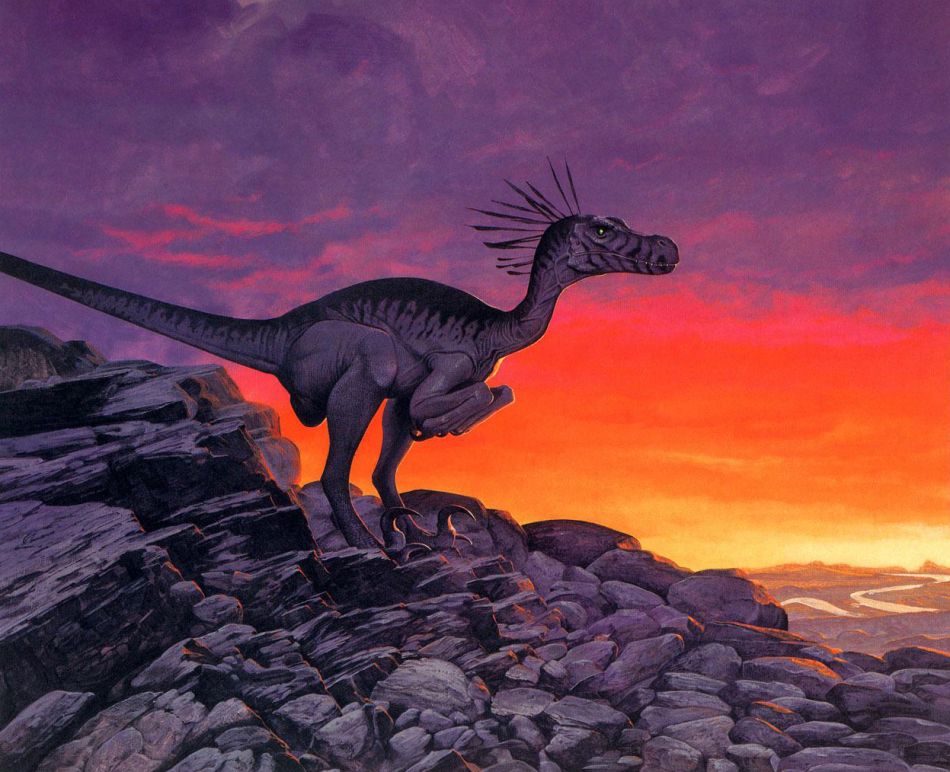
More Stories in English
Detective Stories For Kids
Lily And The God – Story For Kids’ Bedtime
The Little King – Story For Kids’ Bedtime
Story For Kids’ Bedtime Aladdin And His Magic Lamp Story
Dojo And The 7 Wonders – Story For Kids’ Bedtime
New Bedtime Stories Of Princess In Hindi
Bible Stories For Kids
Daniel in The Lion’s Den Story for kids
The Story of Moses from the Bible for kids
Zacchaeus Story from Bible for Kids
David and Goliath Story for kids
The Story of Jabez in The Bible Story About Prayer
Adam and Eve Bible Story For Kids
Noah’s Ark Story For Kids Bible Story
Cain and Abel Story for Kids With Moral
Abraham Story For Kids From The Bible
Jonah and The Whale Story for Kids
Detective Stories for kids in Hindi
10+ Short Story For Kids In Hindi – Bacchon Ki Kahaniyan
ड़ोजो और 7 अजुबें – Story For Kids In Hindi
अलादीन का जादुई चिराग-Story For Kids In Hindi
लिली और भगवान-Story For Kids In Hindi
छोटा राजा -Story For Kids In Hindi
Like this:
Like Loading.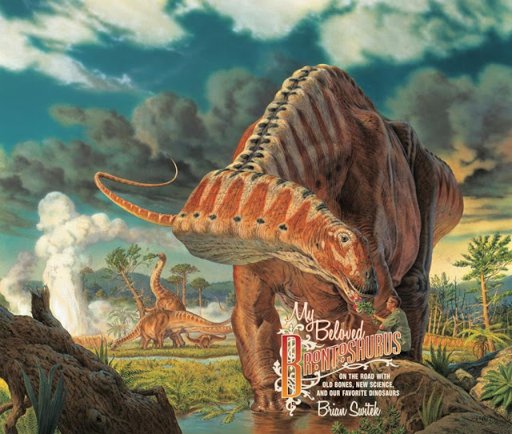 ..
..
Earthshaker by Emma Laybourn. A free online, printable dinosaur story for kids
by Emma Laybourn
Chapter One
BOOM...BOOM...BOOM...
The earth shuddered.
Trees shook, dropping leaves on the tidy nest below.
The nest belonged to an iguanodon. As the eggs rolled around, their mother Brenda steadied them with a claw.
'What on earth?' she wondered.
BOOM...BOOM...
Then, through the trees, appeared the biggest dinosaur she had ever seen. It was like a grey mountain on legs. It had a long, long, neck and a long, long tail.
'Who are you?' asked Brenda.
The long neck snaked towards her. Weak eyes in a little head gazed at her.
'I'm Seismosaurus,' said the enormous dinosaur, in a voice so tiny she could hardly hear it. 'I've come to live here.'
'Sei - Seis - ' tried Brenda.
'It means Earthshaker,' said the dinosaur. 'Call me Sizo if it's easier.'
'Well, Sizo, could you please tiptoe?'
'All right,' whispered the dinosaur.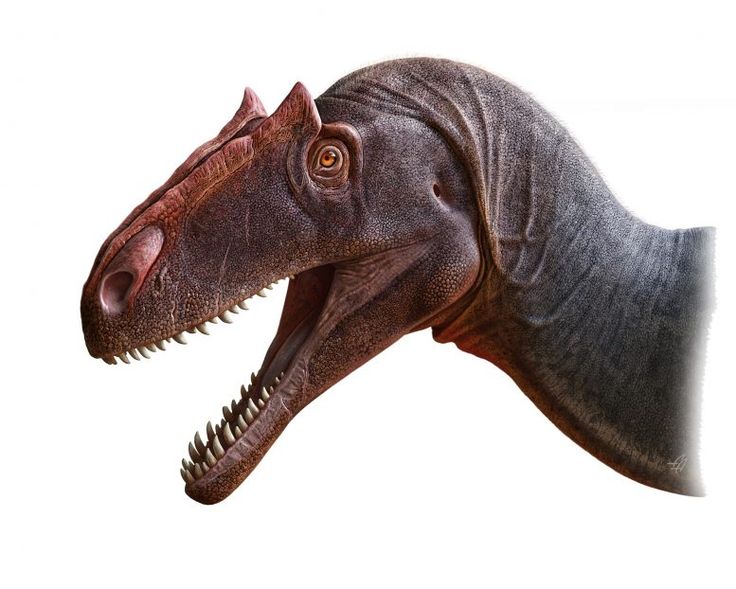 He took two more steps.
He took two more steps.
BOOM...BOOM...
Pteranodons fell out of the trees. A group of hadrosaurs began trumpeting in alarm.
George, the old triceratops, came to see what was going on.
'I can't sleep for the noise,' he grumbled.
'It's Sizo here,' said Brenda. 'He's a little bit, um, heavy-footed.'
'Can't you tiptoe?' demanded George.
'I am tiptoeing,' said Sizo in his tiny voice.
'Hmph!' snorted George. 'What a racket! I hope he's not staying.'
'Oh, please let me stay,' begged Sizo. 'I've been alone for ages. I want to live with other dinosaurs.'
'Give him a chance, George,' said Brenda kindly. 'You can see he's a plant-eater. He's not going to eat us, are you, Sizo?'
Sizo shook his head. 'I'll only eat the highest leaves,' he whispered, 'the ones you can't reach.'
'Hmph! All right,' grunted George. 'But only if you remember to tiptoe!'
Chapter Two
So Sizo settled into his new home.
He liked the other dinosaurs. But he wasn't really happy.
He worried about making too much noise. Although he walked as quietly as he could, his footsteps made the earth tremble. The other dinosaurs blocked their ears and grumbled.
'Tiptoe!' George would bellow.
Sizo tiptoed, but that wasn't any quieter. In the end, it was easier not to walk at all. He just stood in one place for most of the day, eating whatever he could reach.
And life was peaceful, for a while.
Until -
BOOM...BOOM...BOOM...
The ground shuddered. Brenda's baby iguanodons tumbled over and began to cry. The hadrosaurs wailed in protest.
George came storming out of the forest.
'Oy, Sizo!' he roared. 'I told you to tiptoe!'
'But it's not me,' protested Sizo.
'It's true,' said Brenda. 'Sizo isn't moving.'
The dinosaurs stared at Sizo. He stood quite still; yet they could hear thuds and crashes.
'It must be another big dinosaur,' said George uneasily. 'Another Sizo.'
'Another Sizo.'
'Oh, no!' said Brenda. 'Come with me, children. You don't want to get trampled on!'
All the dinosaurs hurried away into the forest - all except Sizo.
'Another Seismosaurus!' he thought excitedly. 'Another Earthshaker! I wonder if it will be my friend?'
So he set off joyfully towards the noises to find out.
As he walked, the earth shook harder. The crashes grew louder. He could smell a strange, fierce, burning smell.
'Funny dinosaur, this,' thought Sizo.
He came round a bend, and stopped. Ahead of him a hump rose out of the forest.
'That's a huge dinosaur!' he thought.
The ground beneath him trembled.
'It's an Earthshaker all right,' said Sizo.
Then he saw that smoke was billowing from the hump. Down its side ran a glowing river of red.
'It's bleeding!' he whispered.
The thick red river flowed past a tree. It ripped it up, and threw it down with a crash.
Sizo blinked at the river with his small, weak eyes. It wasn't blood. It smelt of rock, and it was smoking.
It wasn't blood. It smelt of rock, and it was smoking.
'I don't think that's a dinosaur at all!' he said.
The smoking river hissed and sizzled. Two more trees thudded to the ground, and burst into flames.
The river did not stop. It kept on flowing through the forest.
'Oh, no! It's heading for our home!' gasped Sizo. 'I'd better warn the others!'
He plodded back as fast as he could. There was no-one around. Sizo cleared his throat, and shouted.
'Danger!'
It was a tiny shout. He tried again.
'DANGER!'
Still nobody heard him.
'Help!' thought Sizo. 'Whatever can I do?'
Chapter Three
Nobody could hear Sizo's voice.
But he knew that everyone could hear his feet. So he began to dance.
He started with big, slow steps. Then he danced higher and higher, faster and faster.
Trees dropped their branches. The ground began to crack. And Sizo kept dancing.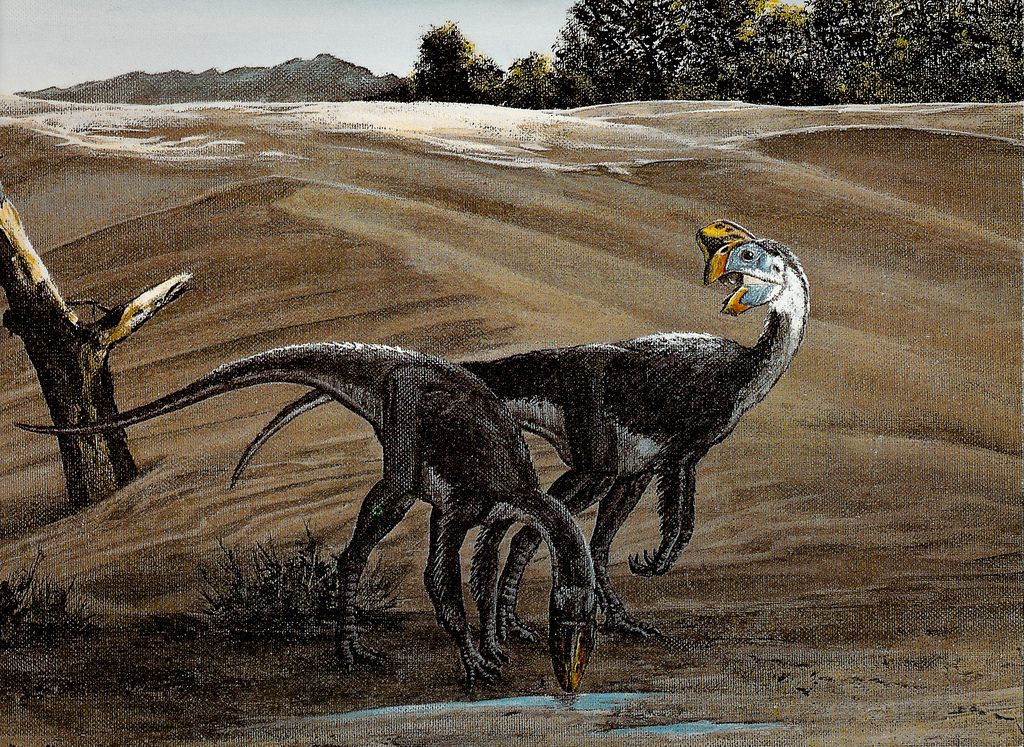
All the other dinosaurs rushed up to stop him.
'I said TIPTOE!' yelled George.
'Sizo, what do you think you're doing?' cried all the dinosaurs.
'I'm dancing,' whispered Sizo.
'Dancing?' said George. 'That's it! You're banned!'
'But there's danger coming!'
'Danger?' said Brenda. 'Where?'
'There's a river of fire coming towards us. It's flowing out of a hill and burning everything up!'
'What?' cried Brenda. 'That's a volcano! We must get out of the way.'
The dinosaurs didn't wait to hear any more. Together, they thundered through the trees. A cloud of smoke followed them. Behind them, burning branches crackled and crashed to the ground.
'Where are we going?' wailed George.
'We need to get to higher ground,' said Brenda.
But her babies began to squeal. Hot ash was falling like rain.
'It's burning us, Mum!' they cried.
'Quick!' said Sizo. 'Come and shelter under me.'
The baby iguanodons crept beneath Sizo.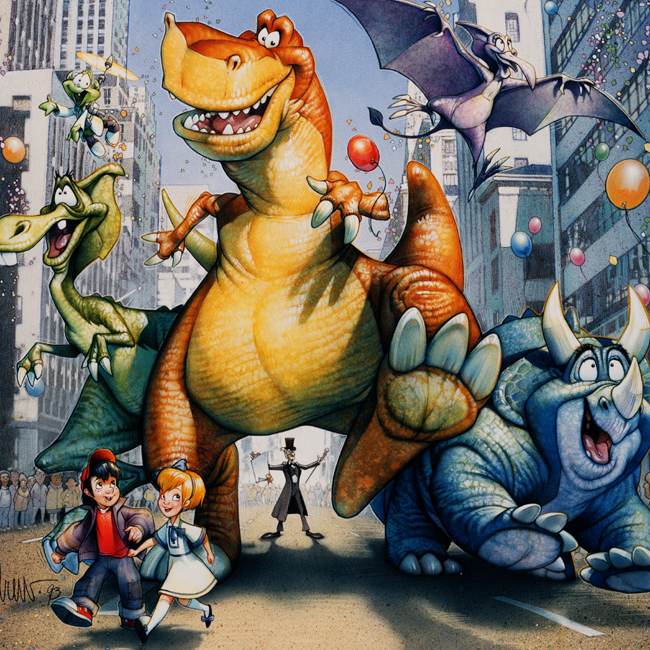 His huge bulk kept the hot ash off them while they walked.
His huge bulk kept the hot ash off them while they walked.
'You'll stand on them!' protested George.
'No, I won't,' said Sizo. He had had so much practice at tiptoeing that he never once trod on a baby's tail.
The dinosaurs climbed to the top of a hill and left the smoke and ash behind.
At last they stopped. Brenda's babies peered out from under Sizo.
'Is it safe yet?' panted George. 'I can't see.'
'Let me look.' Sizo craned his long neck over the treetops. 'Yes, we're safe here,' he said.
'Thanks to you!' said Brenda, gathering her children round her. 'Sizo, you're a real friend.'
'Am I?'
'The best. From now on, you can thump all you like. We won't complain.'
'Yes, we will!' said George.
The other dinosaurs glared at George. He coughed.
'Er, sorry. Thump away, Sizo. You can even dance if you want.'
'All right!' whispered Sizo happily. 'But I promise that I'll only dance on tiptoe!'
THE END
Would you like another dinosaur story?
Try Elly and Aargh!
or King of the Killers.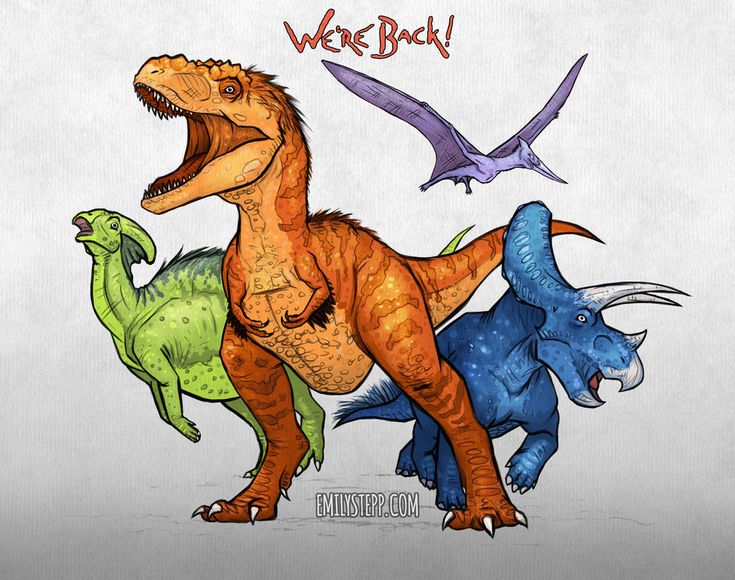
Copyright © 2012 Emma Laybourn
Six myths about dinosaurs that still mislead us
Sign up for our Context Newsletter: it will help you understand the events.
Image copyright, Getty Images
Image caption,Scientists complain that dinosaur mythology is difficult to dispel because of the way dinosaurs are portrayed in popular culture
Since the century before last, when dinosaur fossils were first described in scientific literature, we learned a lot about them. But the general public's ideas about them are based mainly on the stereotypes of mass culture - such as, for example, the famous "Jurassic Park".
For decades, paleontologists have been trying to dispel the myths about the most ancient inhabitants of the Earth, which continue to mislead the public, while at the same time trying to clarify, or even completely revise their previous ideas about them.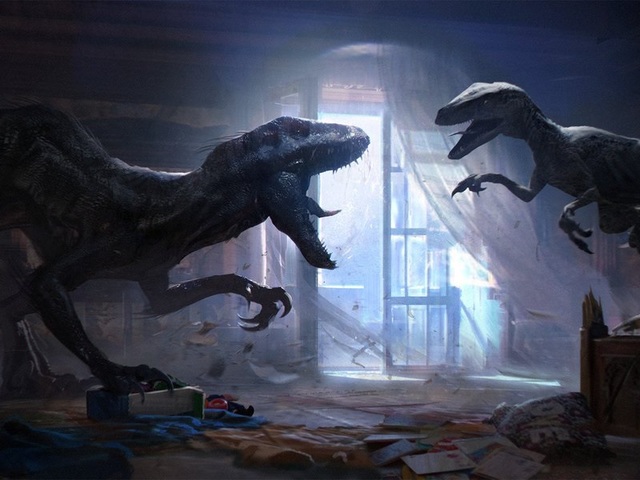
Here are some of the popular, but not entirely true, outdated or completely erroneous ideas.
Dinosaurs became completely extinct immediately after the Earth hit an asteroid
Image copyright, Getty Images
Image caption,The asteroid impact, according to today's ideas, was the beginning of the end of the dinosaur era
Indeed, approximately 66 million years ago, a black day came for the dinosaurs: an asteroid with a diameter of about 10-15 km crashed into the Earth, leaving a huge crater in the place of the modern Gulf of Mexico and giving rise to the effect "nuclear winter".
According to scientists, due to climate change and a reduction in the food supply in the following millennia, up to 75% of the animals that lived on the planet, unable to adapt to new realities, gradually died out, in particular, almost all tetrapods weighing more than 25 kg. But some dinosaurs still survived.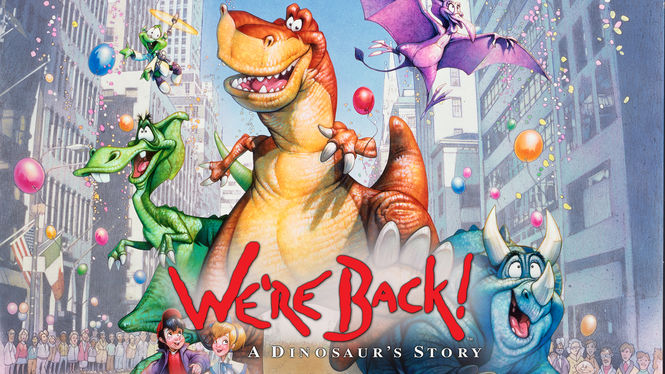
London's Natural History Museum paleontologist Paul Barrett told the BBC they were relatively small, feathered creatures whose descendants can still be seen today.
Image copyright, Getty Images
Photo caption,Flying dinosaurs, which eventually turned into birds, survived the devastating asteroid impact that devastated the Earth about 66 million years ago
"Birds belong to the same class of fauna," the scientist said. They are modern dinosaurs."
"Given the number of bird species, there are more dinosaurs on Earth today than there were 66 million years ago," he added.
It was possible to escape from a Tyrannosaurus Rex by standing still.
He became extremely popular after the release of the first episode of the Jurassic Park franchise in 1993, in which he terrorizes people who find themselves there.
Image copyright, Getty Images
Image caption, In the highly unlikely event that you happen to encounter a live T-Rex, remember that it is quite capable of seeing you.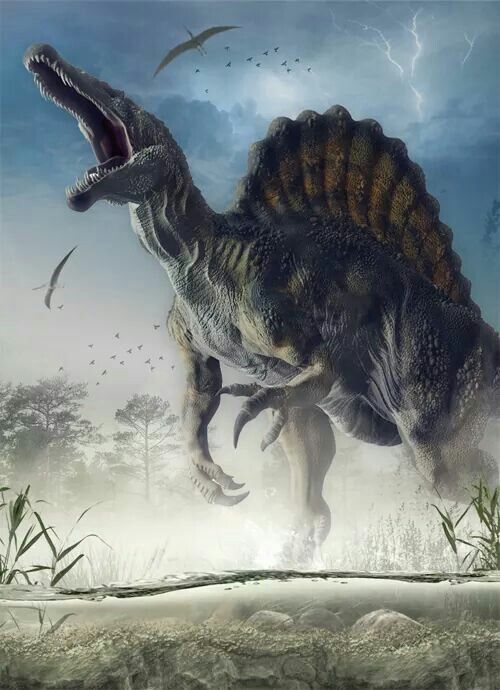 by movement.
by movement.
This is true of some amphibian species, but not of tyrannosaurs, Professor Barrett points out.
"Dinosaurs had sharp eyesight," he said. "According to a study published 15 years ago, the tyrannosaurus rex was generally the most vigilant creature that lived on Earth. Nothing could be more stupid than to freeze at a meeting with him."
Tyrannosaurus rex could outrun a car
Photo credit, Getty Images
Image captionTyrannosaurus rex could run, although not as agile as shown in the movies
Skip Podcast and continue reading.
Podcast
What was that?
We quickly, simply and clearly explain what happened, why it's important and what's next.
episodes
The End of the Story Podcast
In Jurassic Park's impact scene, a T-Rex catches up with a tour jeep and breaks its front tooth on it.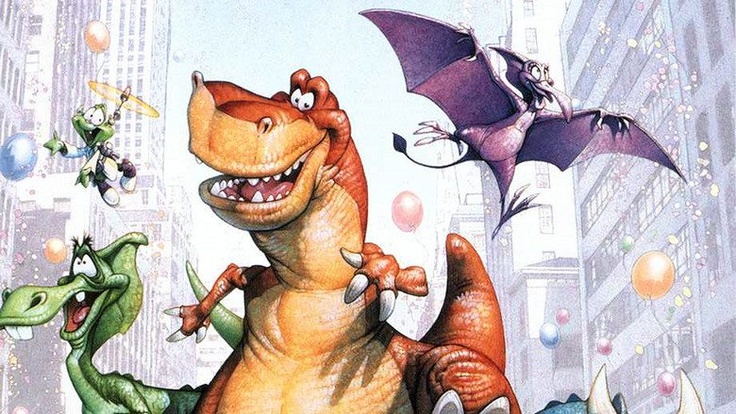
According to previous calculations of scientists, tyrannosaurs in a throw for prey could indeed accelerate to 50 km / h. However, more modern and advanced experiments on computer models have shown that these multi-ton monsters ran at a more moderate pace - about 20-30 km / h, that is, they were most likely unable to compete in speed with a car.
In addition, as Dr. Marianna di Giacomo, curator of the Yale Peabody Museum of National History, recalls, there is a significant difference between the maximum speed in a short throw and the one with which a living creature can comfortably move for a long time.
"Marathon runners are slower than sprinters, and sprint distances are never long," she says. "T-Rex may have been able to run faster in the short run, but it was clearly too tough to compete with a car."
Dinosaurs can be cloned
Photo credit, Getty Images
Image captionThere are some serious obstacles that prevent us from cloning dinosaurs in practice
Dinosaurs disappeared millions of years before the first humans, and it is unlikely that we will be able to to see them live in any foreseeable future, although it is this idea that underlies the famous motion picture and the book of the same name by Michael Crichton, which formed its basis.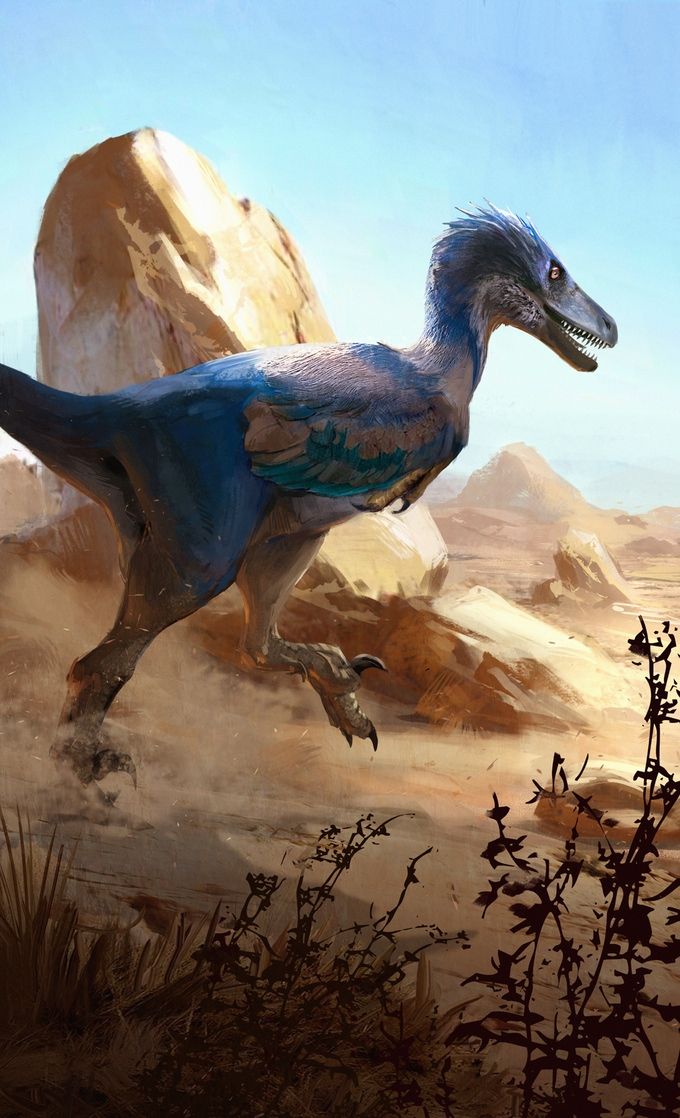
The main reason is that DNA doesn't last that long.
"The oldest DNA samples found in fossils date back about two million years, and even those are just fragments that belonged to bacteria, fungi and the like," explains Professor Barrett. The oldest samples of animal DNA are no more than 50 thousand years old.
"Beyond this time frame, we don't have the DNA of extinct animals and plants, so I'm quite skeptical about dinosaurs," he concludes.
Dr. di Giacomo agrees, pointing out that even a major breakthrough in the study of dinosaur genetics does not guarantee successful practical application.
"Cloning species whose existence is separated from us by geological epochs is an incredibly difficult task. There are too many unknowns," she says.
There are also ethical issues, notes di Giacomo.
"The Jurassic Park films just show that this should not be done. The attention of their creators is entirely focused on the dangers and negative consequences for people. But it would be no less cruel for dinosaurs to transfer them to a world to which they are absolutely not adapted."
But it would be no less cruel for dinosaurs to transfer them to a world to which they are absolutely not adapted."
Dinosaurs were clueless creatures with underdeveloped brains
Image copyright, Getty Images
Image caption behaved, says Dr. di Giacomo."Not all dinosaurs were extremely smart, and not all were idiots. They were only as smart as their living conditions required," she notes.
Professor Barret thinks that many dinosaurs were quite intelligent, especially small carnivores.
"Some of them hunted at night to avoid competition from more powerful rivals," he says. "To adapt, you needed enough brain capacity to process information, plus good hearing, sight and smell."
Dinosaurs were bad parents
Photo copyright, Getty Images
Image caption,Maiasaur was given this name because of evidence of outstanding parenting skills
For more than a hundred years, it has been believed that dinosaurs were ruthless, indifferent loners and did not care about their offspring.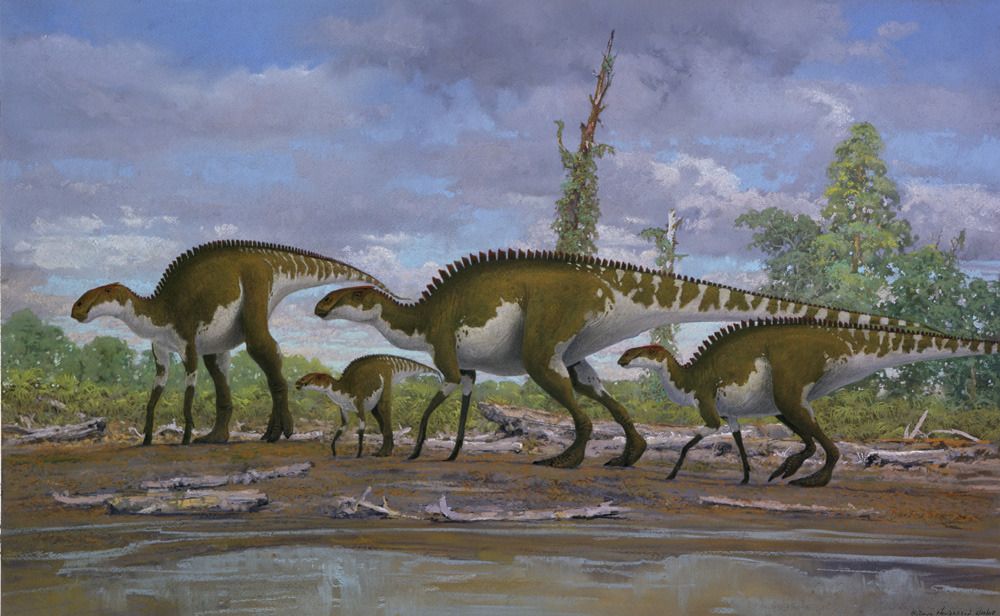 But in the 1970s and 80s, data were obtained about their more complex social behavior.
But in the 1970s and 80s, data were obtained about their more complex social behavior.
A species of herbivorous dinosaur that lived about 77 million years ago was given the name Mayasaurus by researchers (from the ancient Greek and Latin words meaning "good mother" and "lizard").
A recent study published last October in Scientific Reports goes even further. It says that 193 million years ago, dinosaurs formed herds and took care of their young.
"Having learned more about dinosaurs, we now understand that in some cases they were good parents," says Professor Barrett. "Although, of course, not all of them."
Dr. di Giacomo also reports that dinosaurs were able to look after their offspring.
"Some of them, notably the carnivorous allosaurs, were familiar with the feeling of parenthood," she says. "And the female Citipati osmolskae dinosaur was nicknamed 'Big Mom' because, judging by the arrangement of the fossil bones, she sat on her eggs.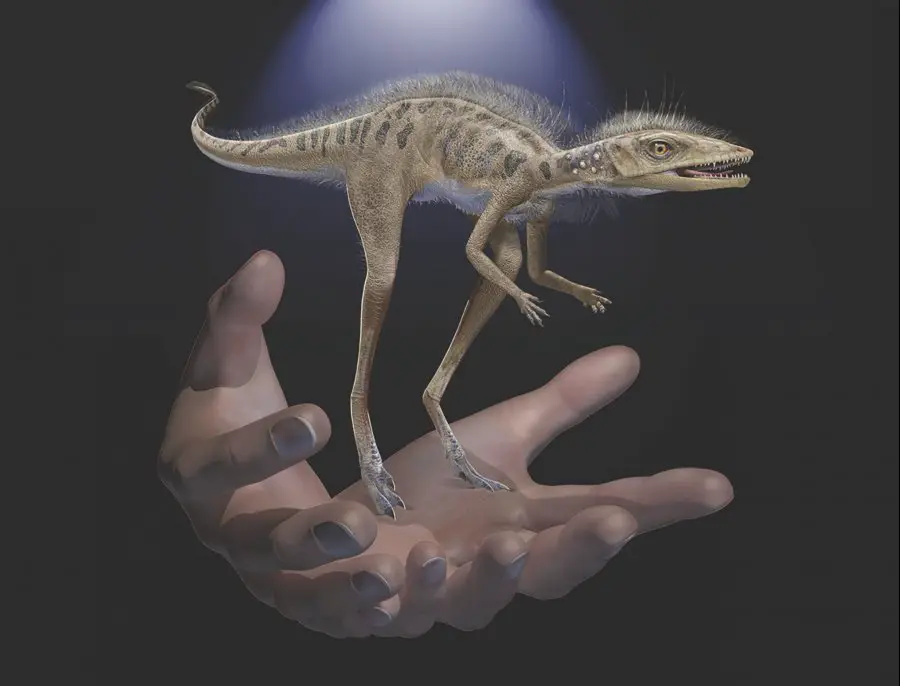 "
"
Dinosaurs for kids - interesting facts about dinosaurs
Inexplicably, but true: many children love dinosaurs. Perhaps because these are semi-fabulous giant creatures and they no longer frighten at all, since they have long since died out. What is known about dinosaurs: what were they like, when and how long did they live, what did they eat and why did they disappear from the face of the Earth? So, in order.
Who are the dinosaurs and what did they look like?
"Dinosaur" is translated from Greek as "terrible lizard". These are scaly creatures that walked on two or four legs and laid eggs. Dinosaurs lived on the planet for 160 million years. They lived everywhere: from Asia to Antarctica. The remains of dinosaurs were also found in Russia - in the Urals, in the Krasnoyarsk Territory, in Yakutia.
Before them, more than 4 billion years ago, the Earth was inhabited by more primitive organisms: algae, mollusks, later - fish.
In total, scientists have studied more than a thousand species of dinosaurs.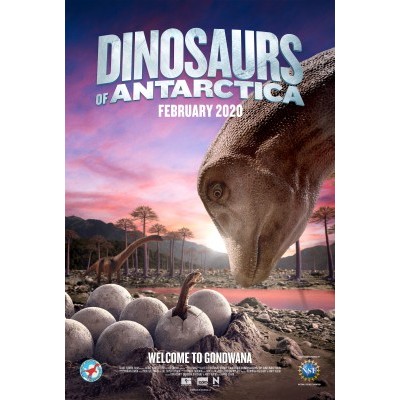 They were very different from each other: some - with sharp claws and spikes on the body, others - with horns.
They were very different from each other: some - with sharp claws and spikes on the body, others - with horns.
Many people mistakenly think that all dinosaurs were huge. Indeed, some reached the size of a five-story building, but there were also tiny ones - the size of a chicken. It is customary to depict dinosaurs as gray or green, but in fact, scientists do not know exactly what color these creatures were. This is because dinosaur skin is extremely rare. It is believed that their color merged with the colors of the environment - so it would be easier for dinosaurs to hide from enemies.
Dinosaurs became extinct 65 million years ago. The fact that they once existed, it became known only in the 17th century. Dinosaur bones were first discovered by English scientist Robert Plot in 1677.
Why did the dinosaurs become extinct?
Science does not know. There are several versions. The most common: the climate is no longer suitable for dinosaurs (became too cold or hot) or volcanic eruptions have poisoned the atmosphere.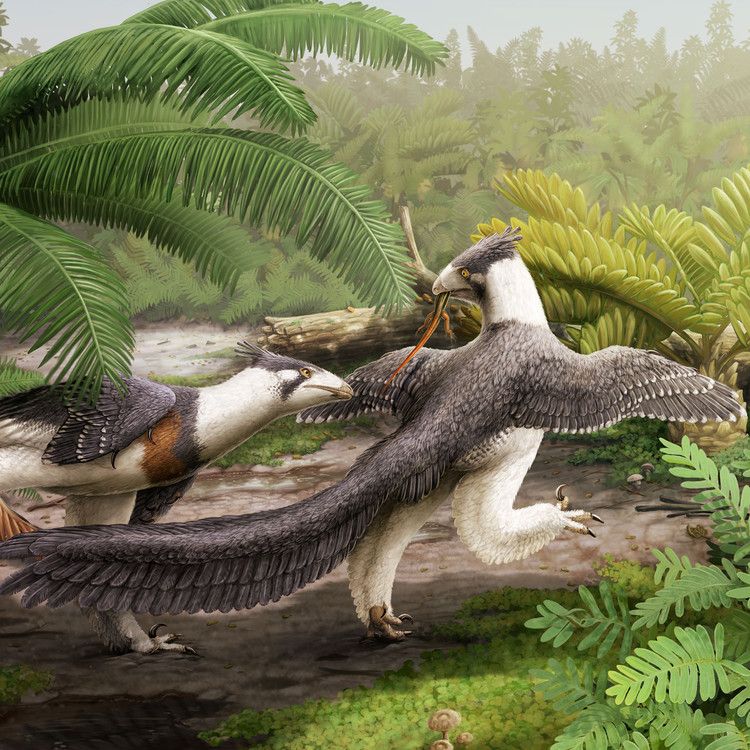
What did dinosaurs eat?
Despite their formidable appearance, many of them were not predators - they ate ferns, leaves, cones, flowers and fruits from trees. In those days, the Earth was humid and hot and favorable conditions were created for the growth of numerous plants, so that herbivores did not have to starve.
But there were also carnivorous dinosaurs, who hunted animals and ate their eggs. Some of them could not chew and swallowed stones so that the food itself was ground in the stomach.
The main task of dinosaurs was to get food and at the same time protect themselves from predators. Herbivores defended themselves with horns and spikes, carnivores had teeth and claws.
How long did dinosaurs live?
There is no exact answer to this question either. Scientists think that large dinosaurs lived for a relatively long time - up to 300 years, and small ones - up to about 20.
In any case, even long-lived dinosaurs did not catch the appearance of man on the planet: people began to inhabit the Earth only 64 million years after their extinction.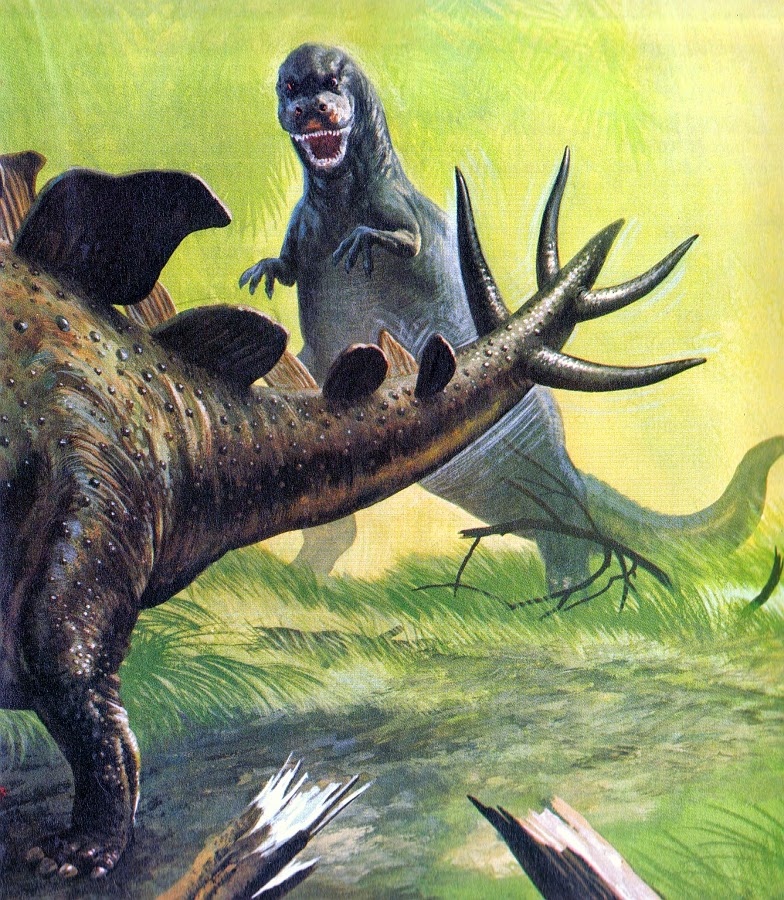
Who studies dinosaurs and how?
This is done by paleontologists - people who specialize in studying the remains of extinct organisms. They work both in excavations - in places where fossils were found - and in laboratories. These scientists search, extract from the ground, and then carefully study the bones of ancient animals.
In laboratories, paleontologists find out how the creatures that own the found bones lived and hunted, and determine their age. Sometimes conclusions have to be drawn with only a couple of bones, or even one at all.
In addition, specialists make copies of bones, from which skeletons are then assembled and exhibited in museums.
Paleontologists also study fossilized footprints left by dinosaurs. To understand what kind of animal left the footprint, scientists find out the “age” of the rock where they found this print, and compare the shape of the fingers and feet with the appearance of the dinosaurs that lived in that era.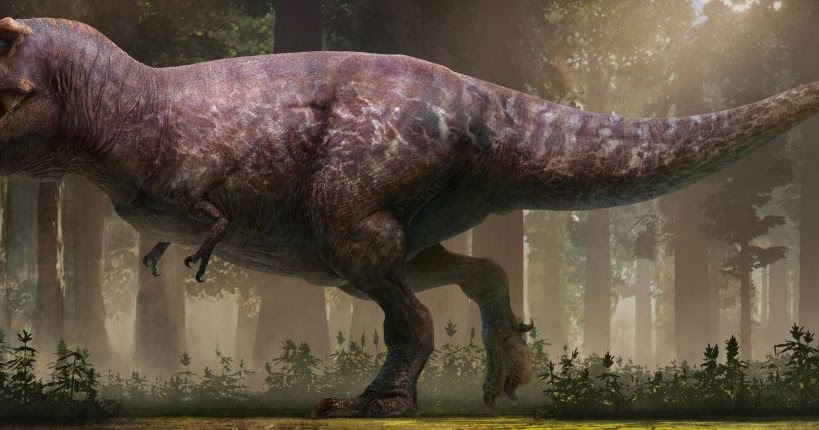
Paleontologists give dinosaur species names, often based on the name of the area where the bones were found.
What types of dinosaurs exist?
As already noted, there are more than a thousand species. Let's take a closer look at the most famous ones.
Tyrannosaurus Rex
One of the largest predators of all time. He walked on two legs with two clawed toes on each, had a large skull and a long heavy tail, teeth the size of bananas.
Some scientists believe that the tyrannosaurus rex could not run and was clumsy, so it did not hunt, but ate only dead animals. However, the more common view is that these dinosaurs were both predators and scavengers, stealing prey from others whenever possible. Tyrannosaurus was able to eat up to 150 kilograms of meat in one sitting, but then starve for several days.
The skeleton of the largest tyrannosaurus rex was found in 1991 in the province of Canada. The length of the skeleton reached 13 meters, weight - almost 9 tons.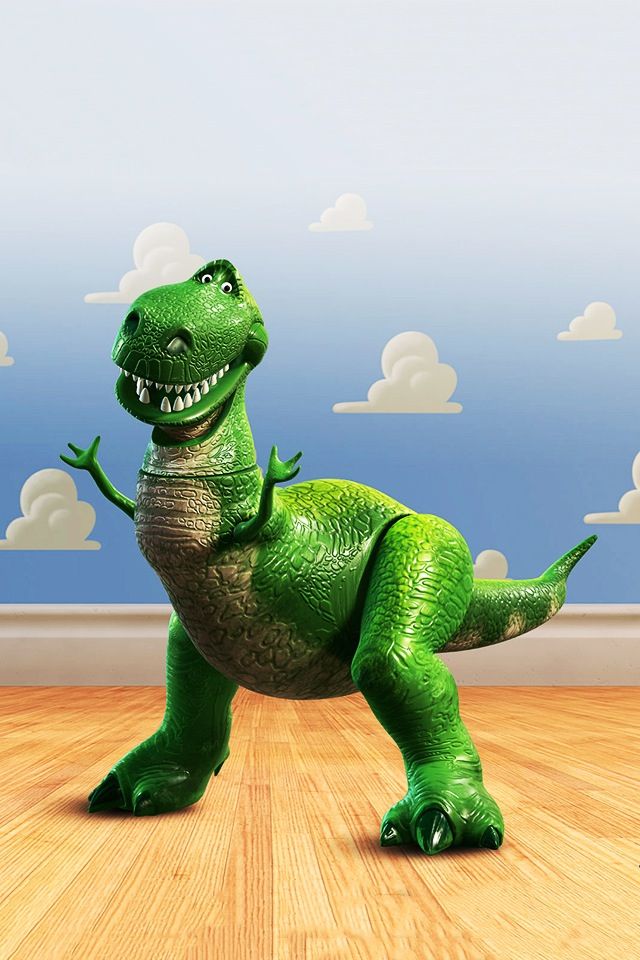
Ichthyosaurus
These are aquatic dinosaurs that look like dolphins: a head fused with the body, very large eyes, fins. There are many teeth in the mouth. Ichthyosaurs weighed mainly up to 2 tons, reached several meters in length. Although species are known, the length of which reached 24 meters, and body weight - 40 tons.
The first ichthyosaur was found in Russia in 1821, while the largest accumulation of dinosaur bones of this species was found in Germany.
Ichthyosaurs were carnivorous - they ate fish and shellfish and hunted in packs. The cubs were born in the water and immediately knew how to swim. Ichthyosaurs did not go to land.
Stegosaurus
Distinctive feature - bone plates and spikes on the back and tail (to protect against attacks). These dinosaurs walked on four legs. They ate only tender leaves, because they had poorly developed jaws. Stegosaurus teeth were almost unsuitable for chewing. In order to assimilate even delicate plant food, the stegosaurus was forced to swallow stones - they frayed the plants in its stomach.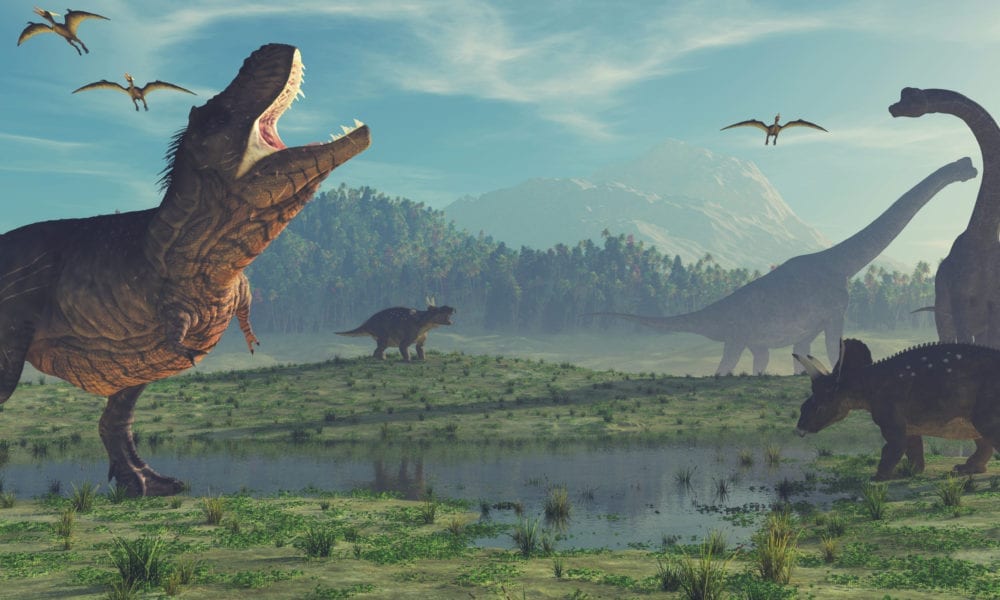
Stegosaurus was 9 meters long and weighed up to 9 tons - about the size of an elephant. The bones of these dinosaurs were first found in the United States in 1877.
Triceratops
Distinctive feature - three horns (one at the tip of the nose, two - above the eyes), bone "collars" on the head and a beak on the muzzle. "Collars" served to protect the head and shoulders, males scared off enemies with their horns and fought, including for females in the mating season, and cut branches of shrubs and ferns with their beaks.
Outwardly, Triceratops are similar to rhinos, only larger - up to 3 meters in height and 9 in length, with an average weight of about 12 tons. Only the head reached a length of 2 meters. These dinosaurs had several hundred teeth in their mouths.
They ate plants, moved on four thick legs, lived in small groups.
Triceratops are one of the last dinosaurs on Earth. And their bones were first found in the United States in 1899.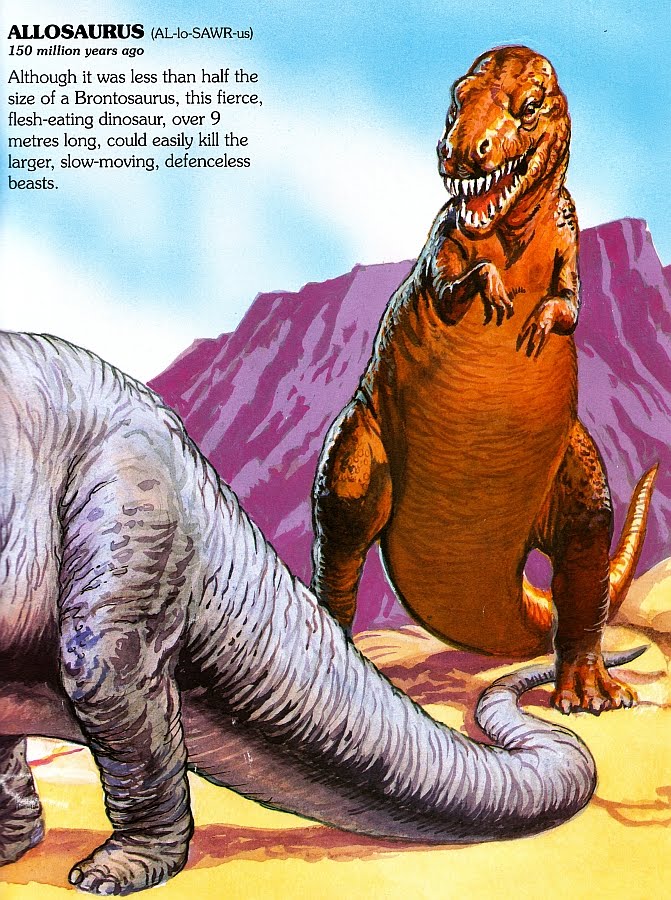
Diplodocus
The most tailed dinosaur - with its 11-meter thin tail it drove away predators. And he also had a long neck, a small head with big eyes and long teeth, four paws. In length reached 30 meters.
Diplodocus ate plant foods. To cut off tall trees, they stood on their hind legs. And they also swallowed stones.
Diplodocus were herd animals, swam well and preferred to live in swamps - they came out on land only to eat and lay eggs.
Diplodocus lived on the territory of modern North America. Fossilized dinosaur vertebrae of this species were first found in the USA (Colorado) in 1877.
Velociraptor
These tiny, turkey-like creatures by dinosaur standards were about 1.80 meters long and weighed just 20 kilograms like a child. Velociraptor bones were first found in the Gobi Desert (Mongolia) at 1924 year.
It is not known exactly what these dinosaurs looked like: they were previously depicted as lizard-like, with green scaly skin, now it is believed that they had plumage like birds.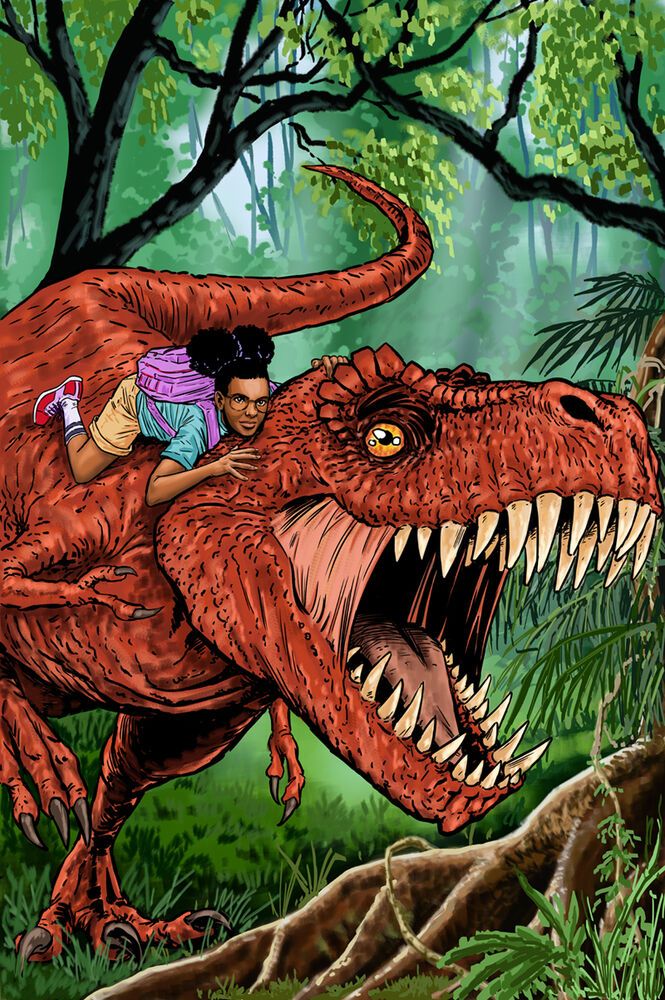 Some even suggest that the feathers were multicolored. Surely scientists know that the Velociraptor had three fingers with sharp claws on the front limbs and four on the back.
Some even suggest that the feathers were multicolored. Surely scientists know that the Velociraptor had three fingers with sharp claws on the front limbs and four on the back.
Despite their modest size, velociraptors were dangerous and agile predators. They jumped on the victim, grabbed with their teeth and stuck their claws into it, inflicting mortal wounds.
Velociraptors became "trendy" after the 1993 Jurassic Park movie. By the way, there they look huge and hunt in packs. Both are inventions.
Pterodactyl
Many consider pterodactyls to be dinosaurs, and they are wrong. Pterodactyls are pterosaurs, or winged lizards, relatives of dinosaurs. Unlike dinosaurs, pterodactyls could fly. Of modern animals, they were similar in appearance and habits to birds and bats.
The forelimbs of pterodactyls turned into wings (span reached 8 meters), the body was covered with fur. Some had a tail, not all had teeth. Pterodactyls were distinguished by long clawed limbs.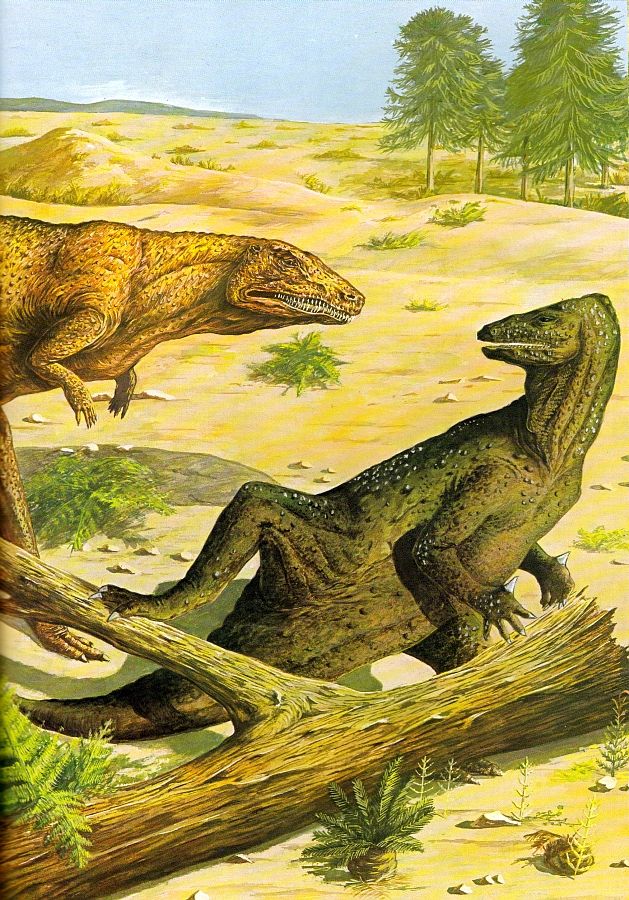
These lizards lived like modern birds: in flocks, they flew during the day and looked for food, at night they slept upside down, clinging to the branches of trees.
The method of subsistence depended on the size of the pterodactyl. Small ones, the size of a crow, ate insects, larger ones - fish and lizards. Some pterodactyls were two meters long and one and a half meters high and weighed more than 75 kilograms.
It is believed that pterodactyls had a good brain and excellent eyesight. They lived in the territories of the USA, East Africa, Western Europe, Australia, Russia. Their bones were first found in Bavaria (Germany) in 1784.
Other "prominent" dinosaurs
The largest : seismosaurus. It weighed over 50 tons and reached 36 meters in length. Found in what is now the United States.
The heaviest : titanosaur (up to 80 tons!)
The smallest : compsognathus. Its average length was only 60–100 cm, and its weight was about 2 kilograms, but this baby had more than 60 sharp teeth.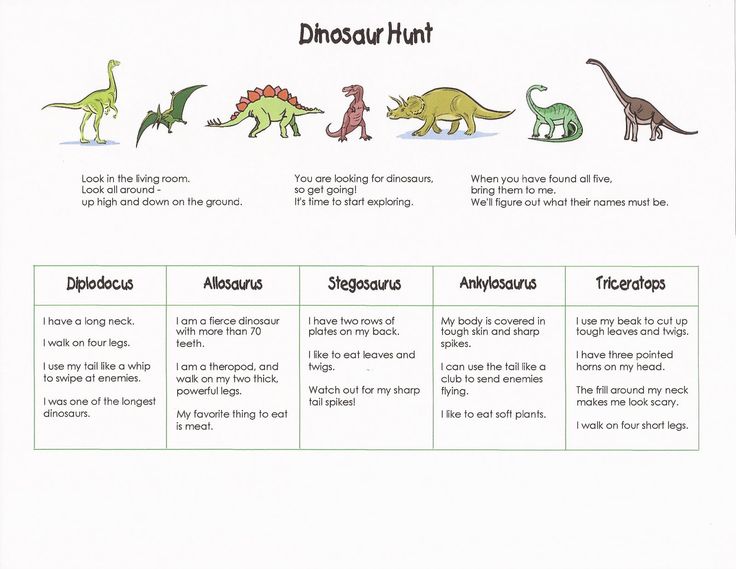 Found in what is now Germany.
Found in what is now Germany.
The very first : Of those currently explored, either Herrerosaurus or Eoraptor. Both bipeds lived approximately 230-225 million years ago.
The longest necked : according to modern data, this is a Mamenchisaurus. Its neck reached 14 meters in length.
The fastest : Ornithomemmosaurus. He ran at speeds up to 50 kilometers per hour.
The most big-eyed : Dromiceiomyom. His eyes were on the sides of his head. Thus, this dinosaur created an excellent overview - and an advantage over enemies.
The most toothy : Hadrosaurus. He had 980 teeth!
The "longest-named" : micropachycephalosaurus (meaning "small fat-headed lizard"). Most often, his bones are found in China.
Possibly the smartest : troodon. His brain was the size of a bird—comparatively large. Most dinosaurs had small brains, about the size of a walnut.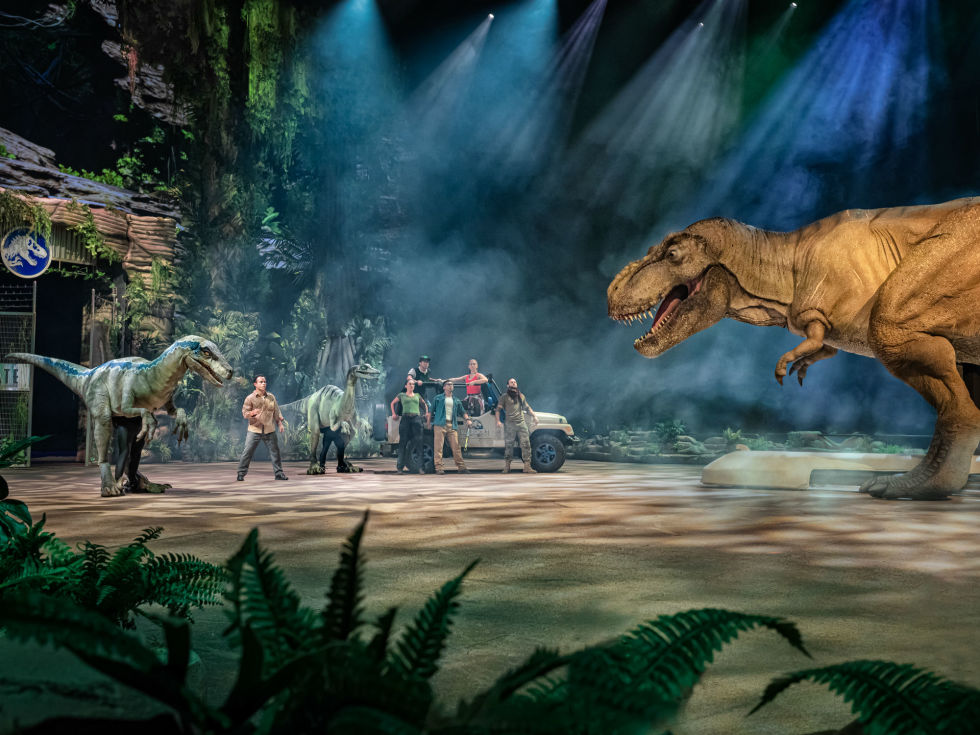
Interesting facts about dinosaurs
- The closest living relative of dinosaurs is the crocodile. Birds are direct descendants of dinosaurs.
- The first dinosaurs were small. Larger ones appeared much later. In addition, the first dinosaurs were predators.
- Dinosaurs are believed to have excellent eyesight and a good sense of smell. They had large eye sockets and nostrils and large areas of the brain responsible for sight and smell.
- Some dinosaurs built nests. But not for life, of course, but for laying eggs. Scientists do not rule out that small dinosaurs could sometimes hide in caves.
- Experts still don't understand how dinosaurs slept. Perhaps herbivores are standing, and predators, which the structure of the skeleton allows, are lying down.
- Dinosaurs lived in an era when there were about 22 hours in a day. As you know, the rotation of the Earth is gradually slowing down.
- Dinosaurs were unknown in ancient China.
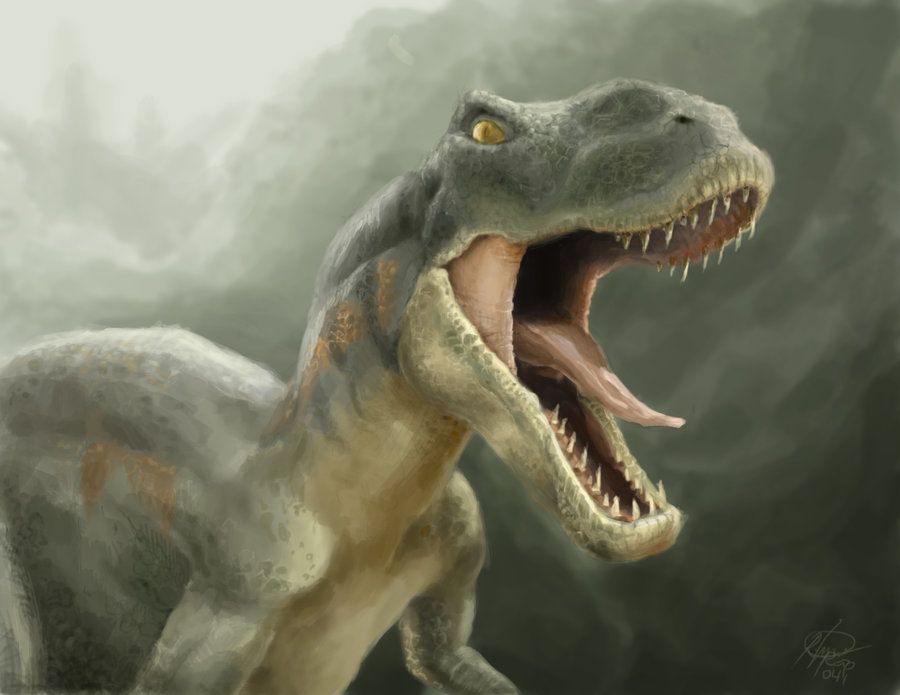 And their bones were considered the bones of dragons and used in medicine! One of the Indian tribes thought that these were the remains of the larger ancestors of the buffalo, and the British did not even rule out that these were the bones of giant people. Or, well, elephants.
And their bones were considered the bones of dragons and used in medicine! One of the Indian tribes thought that these were the remains of the larger ancestors of the buffalo, and the British did not even rule out that these were the bones of giant people. Or, well, elephants. - Dinosaurs did not have to wash themselves: the dried mud fell off the scales by itself or was thrown off along with them.
- Dinosaurs in search of food and places to live could migrate over vast distances - to entire continents.
- Huge dinosaur bones weren't as heavy as we think. Because most of them were hollow inside, like modern birds.
- Many dinosaurs went hunting at night.
- The largest dinosaur eggs were the size of a basketball. At a time, a dinosaur could lay from one to four dozen eggs.
- The very name "dinosaur" was born in the 19th century. In 1824, the president of the Royal Geological Society mentioned huge bones discovered in 1815 in Great Britain.
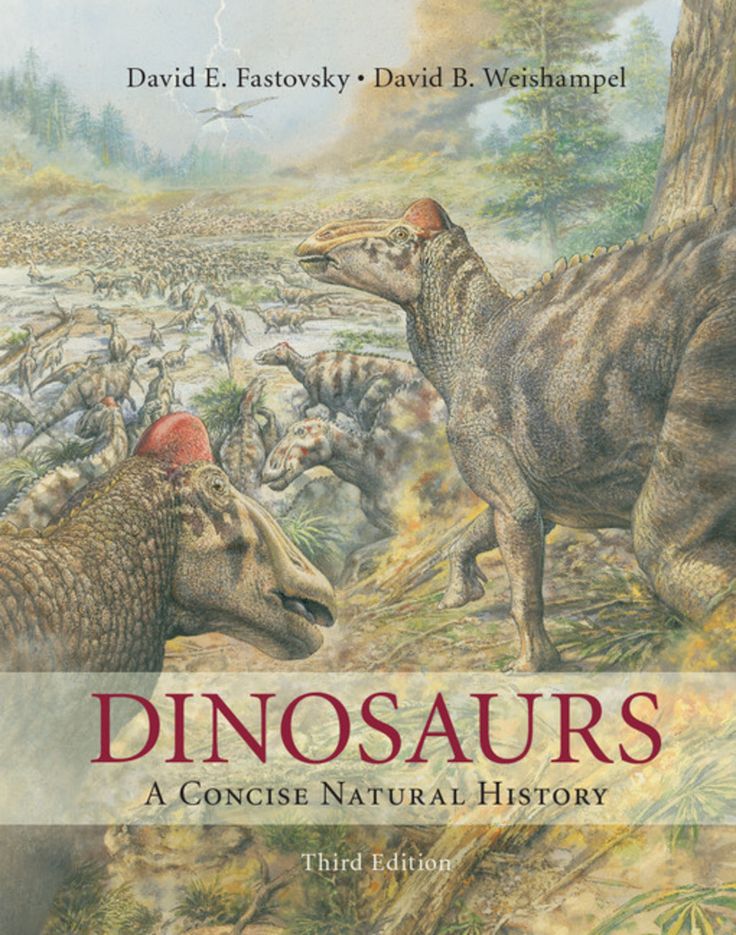
Learn more

